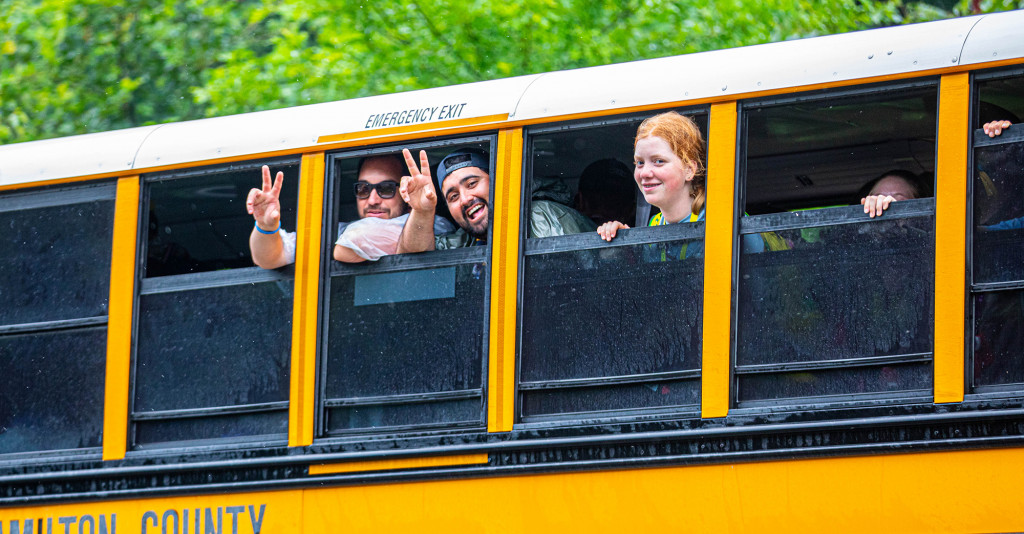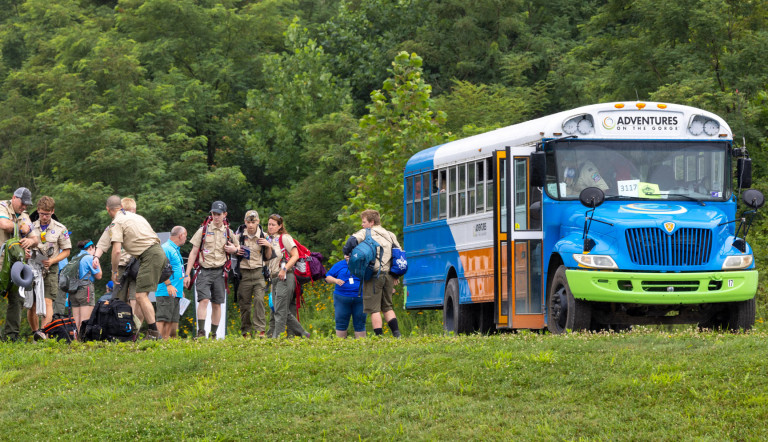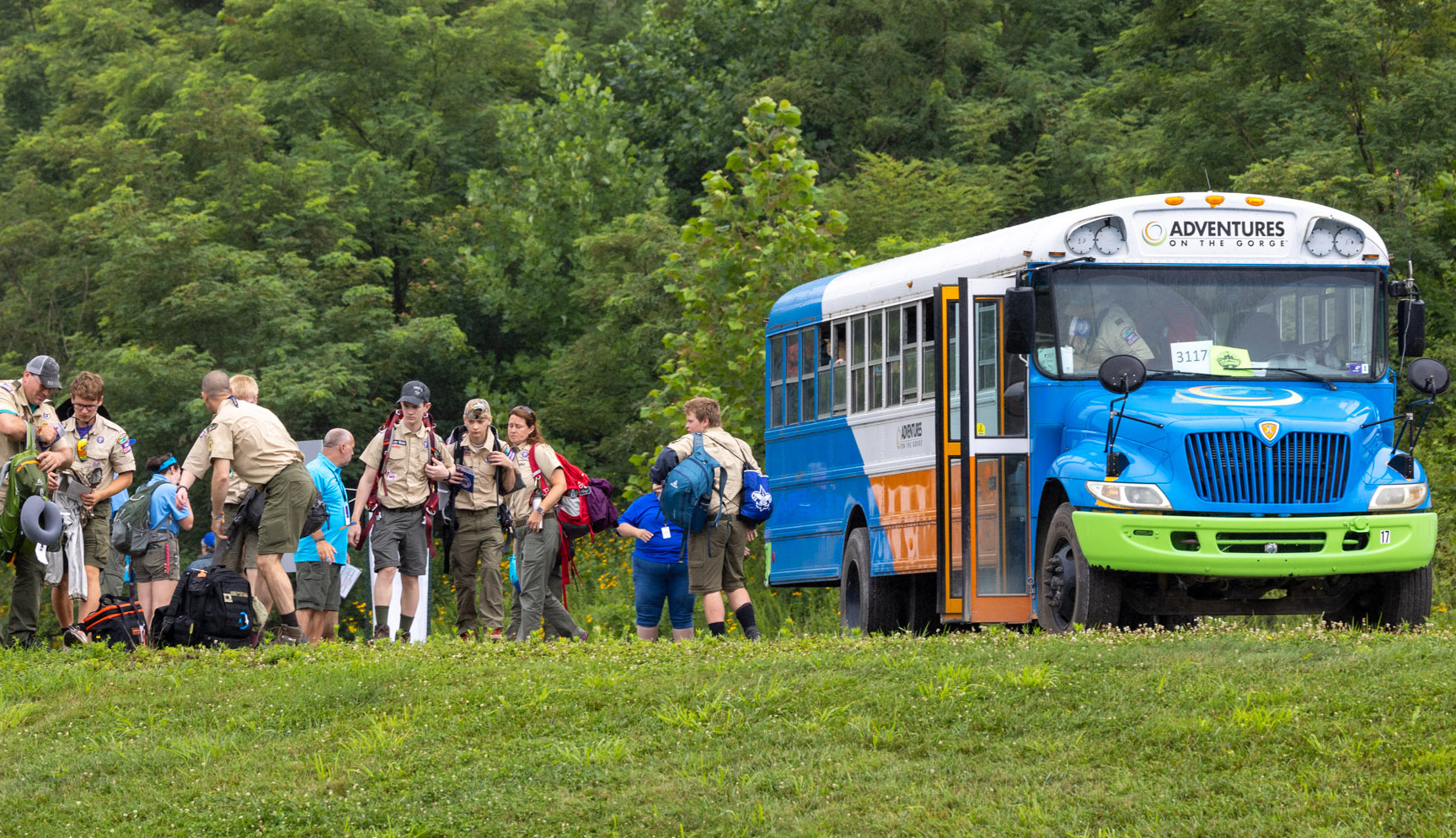Safeguarding Moment: Transporting Scouts Safely

As we step into March, let’s take a moment to reinforce the importance of safe transportation for all Scouting activities. Whether heading to a weekend campout, a high-adventure trek, or a local event, ensuring Scouts arrive safely is a shared responsibility. Proper planning, adherence to policies, and vigilance on the road are key to preventing accidents and ensuring every trip is a safe and successful one.
Drive Responsibly and Follow the Law
Safe transportation starts with responsible drivers who follow all traffic laws and Scouting policies. Every driver must:
- Hold a valid driver’s license (not suspended or revoked).
- Be at least 18 years old (youth drivers are not permitted).
- Avoid distractions, including texting or using a phone while driving.
- Never drive under the influence of alcohol, drugs, or any impairing substances.
- Ensure all passengers wear factory-installed seatbelts and use appropriate car seats for younger Scouts.

The Guide to Safe Scouting’s policy on transportation is available here.
Pre-Trip Vehicle Inspection & Safety Checklist Text Here
Before hitting the road, conducting a Pre-Trip Vehicle Inspection helps prevent accidents and breakdowns.
Use the SAFE Transportation Checklist to confirm:
- Tires, brakes, lights, and seatbelts are in good working condition.
- The vehicle meets state-required insurance coverage (at least $100,000 combined single limit recommended).
- All safety equipment is checked and functional.
Certain vehicles are not permitted for Scout transportation:
- 15-passenger vans manufactured before 2005
- Pickup trucks, truck beds, recreational campers, or towed trailers for passenger transport
- Private aviation for travel
The SAFE Transportation Checklist and Pre-Trip Inspection are available here.
Emergency Preparedness and Contingency Planning
While we strive for safe travel, emergencies can still happen. Every driver should be prepared with:
- A fully stocked first-aid kit in the vehicle.
- Contact information for emergency services and a designated point of contact for the trip.
- A plan for inclement weather, including alternate routes and emergency shelter locations if needed.
- An understanding of what to do in case of an accident, breakdown, or medical emergency.
Driver Fatigue & Rest Breaks
To ensure driver alertness and safety:
- Limit total driving time to 10 hours within a 24-hour period, no matter how many drivers are available.
- Plan for frequent breaks for rest, meals, and stretching.
- Never drive when feeling drowsy, fatigued, or distracted.
The safety of our Scouts is everyone’s responsibility. By following these transportation guidelines—driving safely, maintaining proper supervision, completing vehicle inspections, and prioritizing driver alertness—we can ensure that every trip is secure, smooth, and successful.
Let’s work together to keep our Scouts safe on the road.




